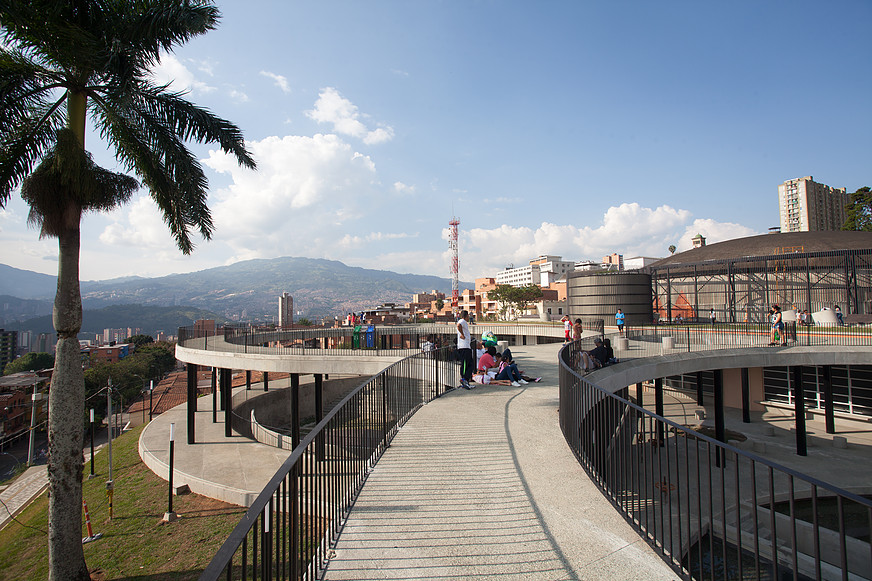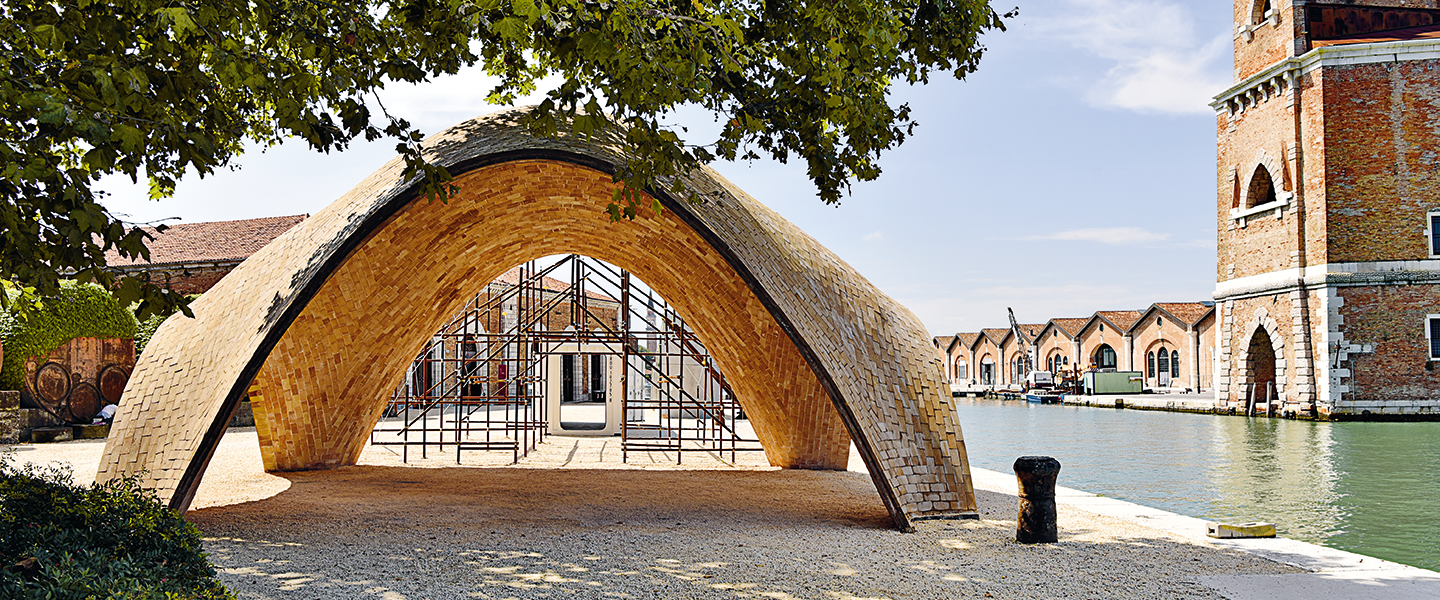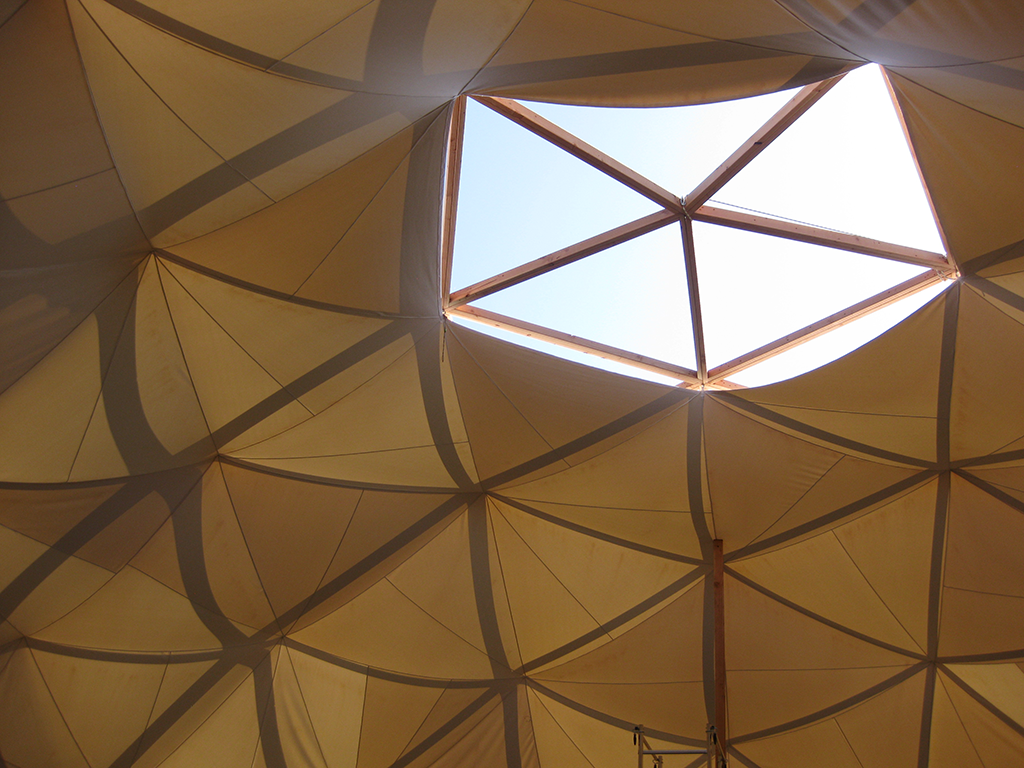NZE rendering, ©SLO
Swift Lee Office, sustainability as a replicable model
In 2011, Los Angeles based Swift Lee Office, founded in 2000, won the LafargeHolcim Award Silver for North America for their Zero net energy school building project.
The Award was presented to a design for a two-level zero energy certified school building to be constructed on multiple campuses throughout Los Angeles. The project led by architects Gloria Lee and Nathan A. Swift uses “off-the shelf” components and modular panels to create a pre-fabricated system that features a double-layered façade for solar, acoustic, and environmental control and achieves a climate-responsive solution for each site.
As the 5th LafargeHolcim Awards competition is getting closer, Gloria Lee, founding partner at SLO, answered AA’s questions and told us more about the project genesis and the impact of the Award on her work as an architect.
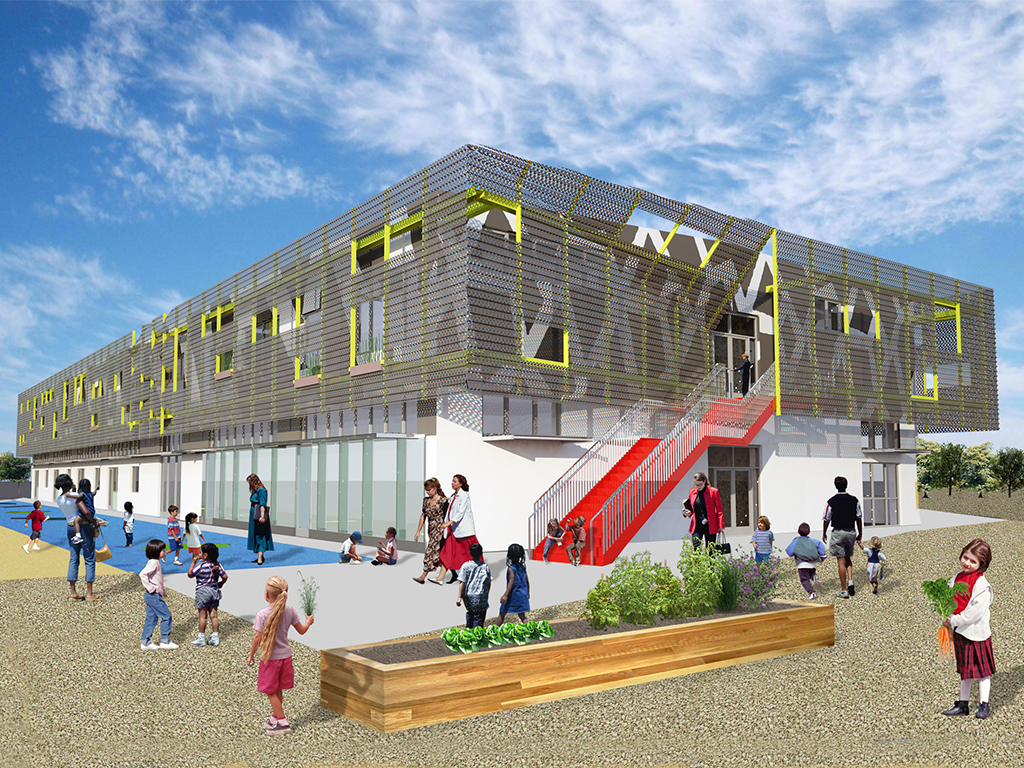
AA. Could you describe the project you submitted to the LafargeHolcim Foundation for sustainable construction for which you won an Award?
Gloria Lee. Our Net Zero Energy (NZE) High-Performing School Prototype is an innovative learning environment that is a replicable model of sustainability. The building comprises a readymade kit-of-parts assembled from components that are pre-manufactured off-site. It was a winning competition entry for the Los Angeles Unified School District (LAUSD) to be built on multiple campuses for various uses throughout Los Angeles.
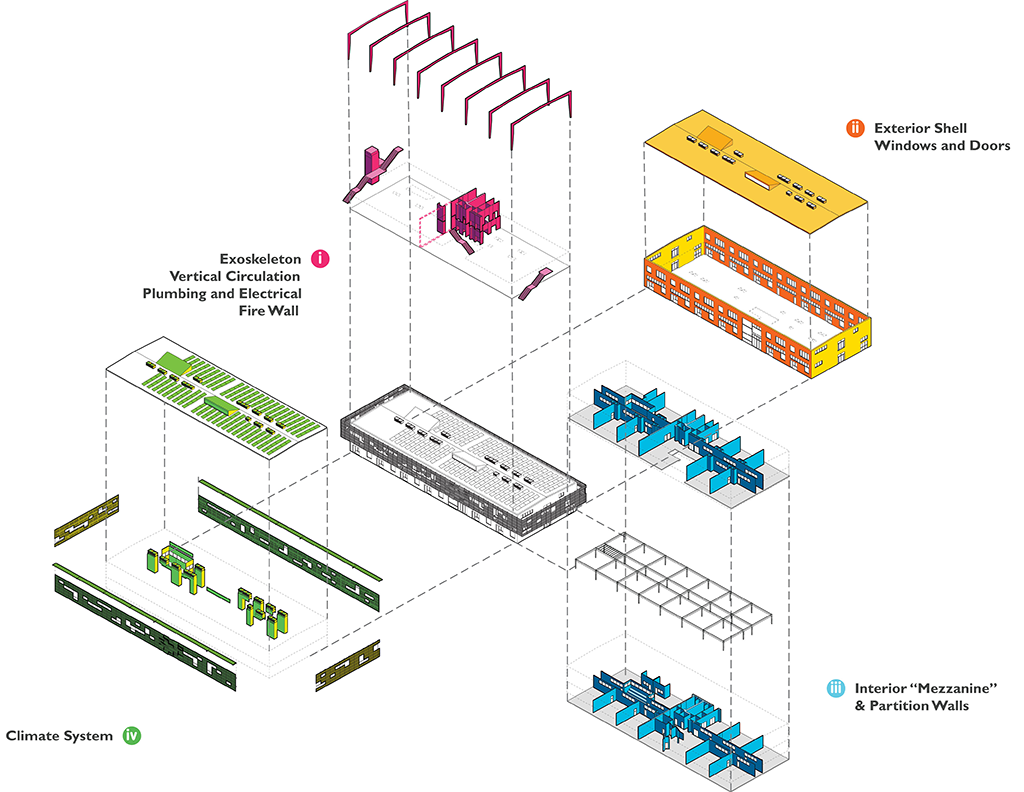
Since 1997, the LAUSD has undergone a $19.5 billion voter-approved transformation. While the massive new-construction and modernization program added thousands of new seats, it did not, however, address the ever-growing demand for charter school facilities or provide a permanent solution for replacing an aging stock of inefficient portable classrooms. We felt that the use of the “kit of parts” approach offers a highly cost effective, delivery effective, sustainable effective and quality effective system to address the growing needs of the Charter School movement in the Los Angeles basin. The compact nature of the NZE Prototype design also responds directly to the overriding nature of compact sites inherent to the Los Angeles’ real estate market while recapturing much needed open space.
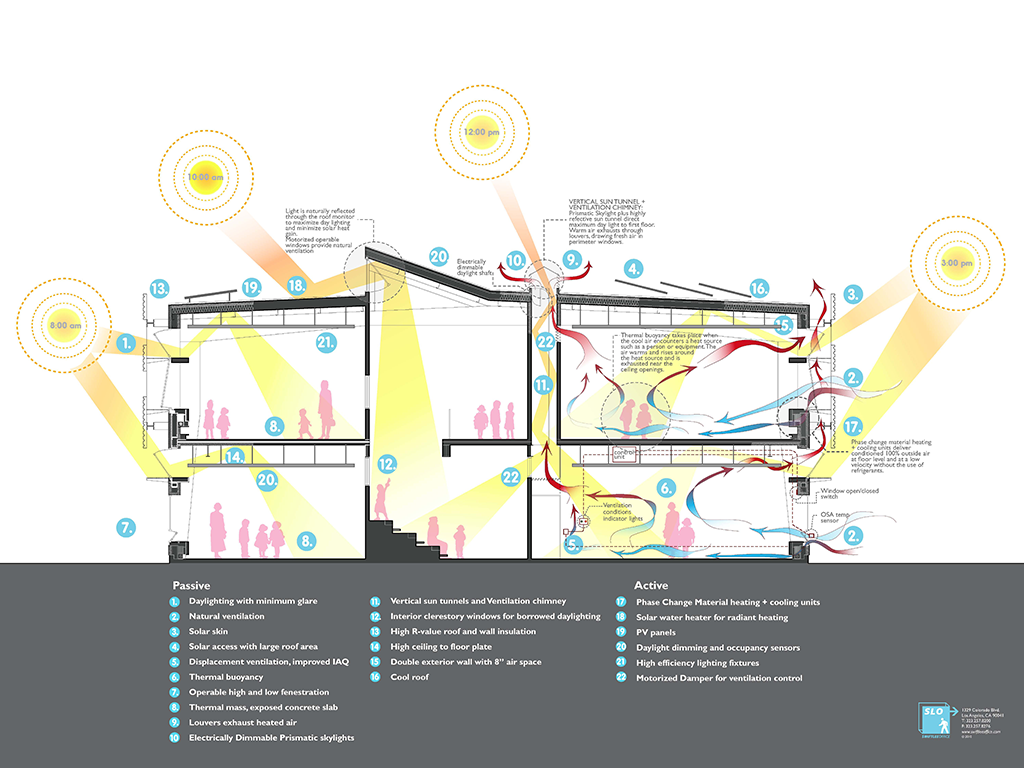
AA. What is the current status of this project?
Gloria Lee. After completing 50% of the construction documents, the project got put on hold due to losing funding in late 2013. We are excited to share that, in recent months, we are back in conversation with the Los Angeles Unified School District, competing against other modular building manufacturers, to design and manufacture the prototype classroom buildings as single or multi‐story configurations, at various school sites.
Since 2013, however, we have built three, single-story versions of the NZE School Prototype. First is a K-5th grade charter elementary school for Rocketship Education, a 12,300 SF single-story version utilizing the same pre-manufactured structural system and incorporating similar innovative and sustainable strategies. From the beginning to finish, the construction took only 3 1/2 months to complete, and a six men-crew put up the structural frame in only 48 hours. The school opened in August of 2014 in San Jose, California.
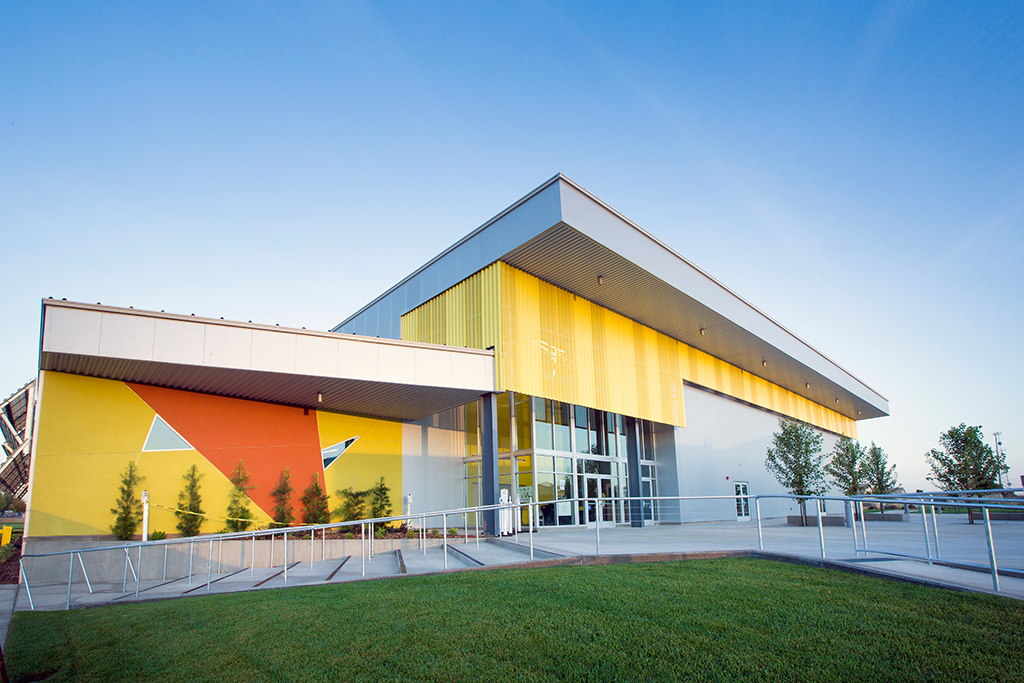
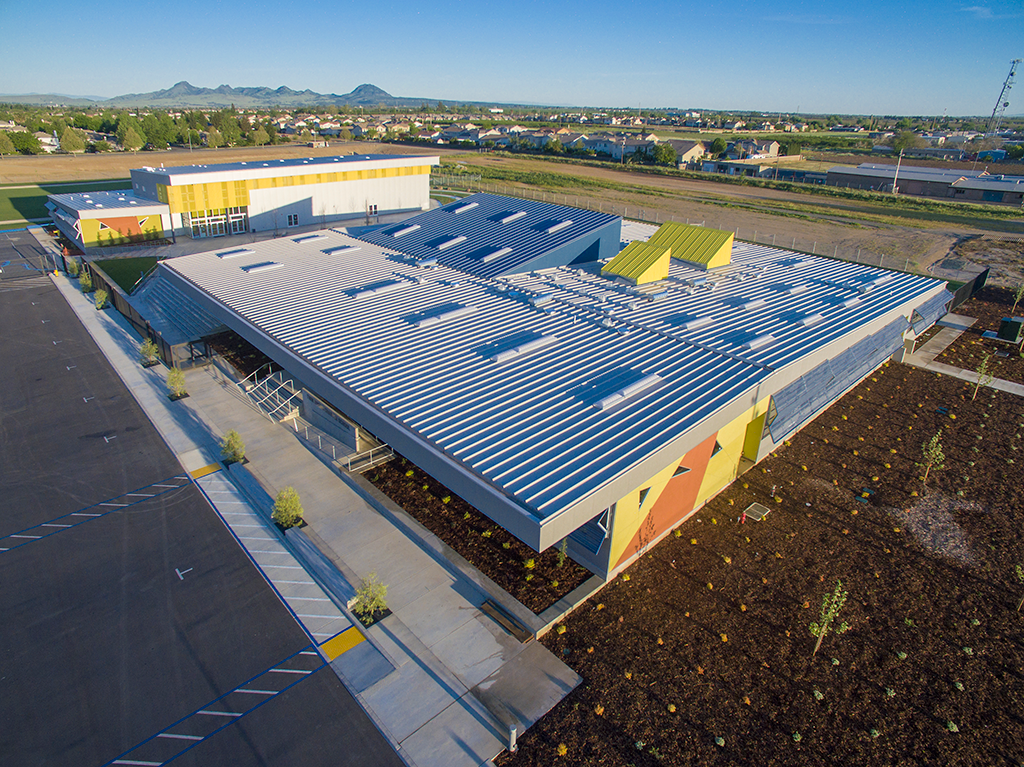
The other two buildings were for Twin Rivers Charter School near Sacramento, California. The 19,000 SF middle school building with 9 classrooms and a gymnasium opened in the fall of 2015, and the 21,000 SF elementary school with 12 classrooms, media center and administrative services, opened in the spring of 2016.
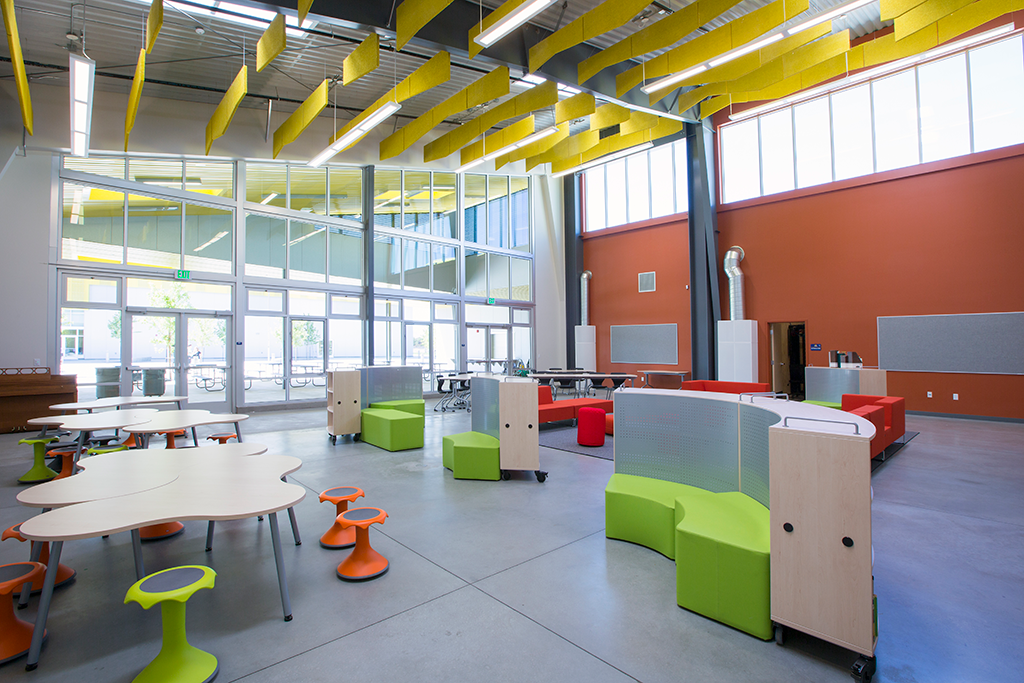
AA. What was the impact of this Award on your professional activity as an architect?
Gloria Lee. Receiving the LafargeHolcim Award gave us a professional encouragement and push at just the right time when we most needed it. In 2010, when we submitted our project for the LafargeHolcim competition, the wreckage of the global economic crisis of 2008 was still very palpable. It was followed by a period of reflection. You can say, we sat down to re-read our mission statement.
We had always embraced Buckminster Fuller’s maxim of doing the most with the least, which lies at the core of our practice, and which we view as prerequisite to economical and sustainable design. We reminded ourselves that with great challenges and burden lie opportunities for change and innovation that can shape the future.
So, when we won the LafargeHolcim Award, we gained a new optimistic outlook and commitment to seize the opportunity to design and construct healthy, high performance, grid-neutral buildings, to conserve resources, to educate stewards of our environment, and to build a greener and more abundant economy and culture, all without compromising beauty.
AA. What are you main current projects?
Gloria Lee. Swift Lee Office is a multi-disciplinary design studio, so we tend to have a variety of projects going all at once.
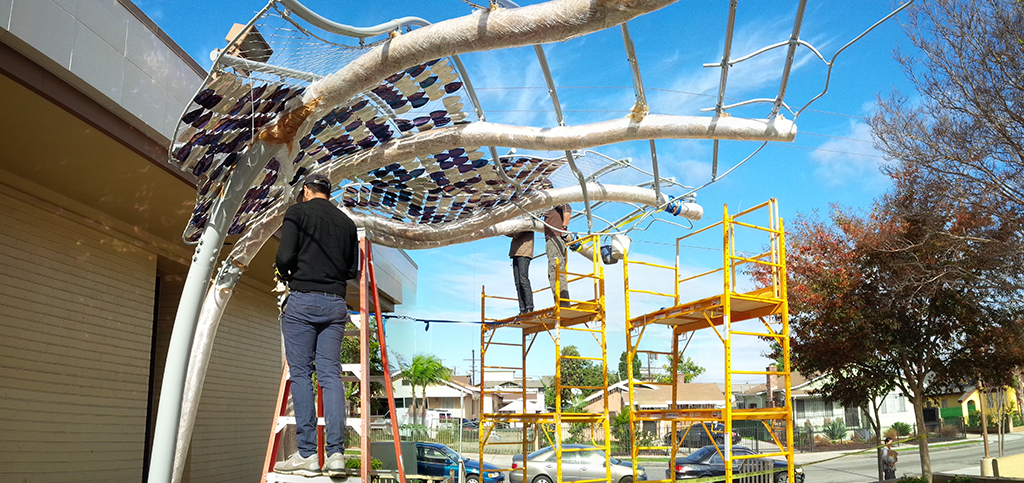
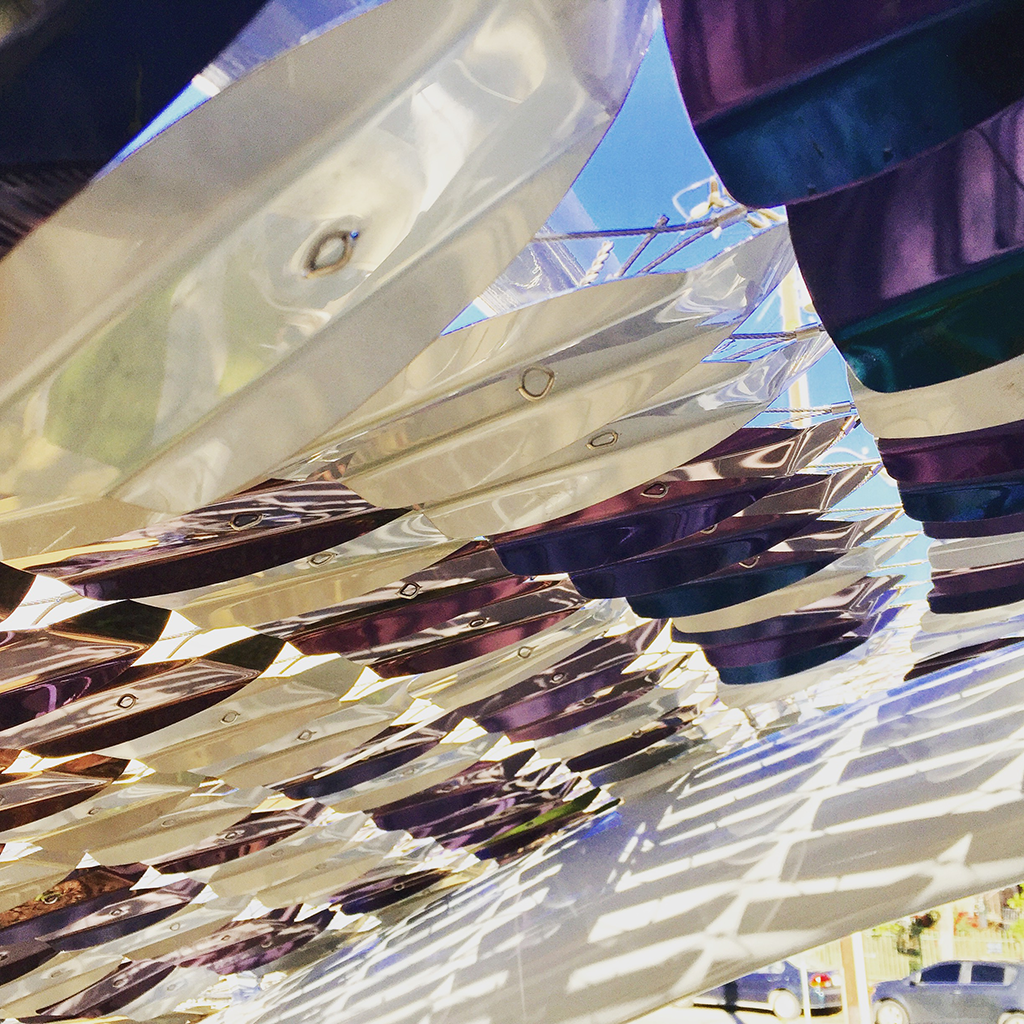
We just completed a public art installation of a butterfly wing sculpture and a mural for a Los Angeles County library in Westmont, a south central neighborhood in Los Angeles. Westmont is one of the last predominantly African-American communities in South LA, and there’s a long history here, but the news surrounding Westmont now are ones of violence and gang activity. There are long-time residents of Westmont, who remember this community when it was vibrant and when it was safe – but these aren’t the stories our children are getting, and these aren’t the stories that are being told about this community. We believe we can change this narrative through making art together, reclaiming our public spaces, and encouraging social engagement.
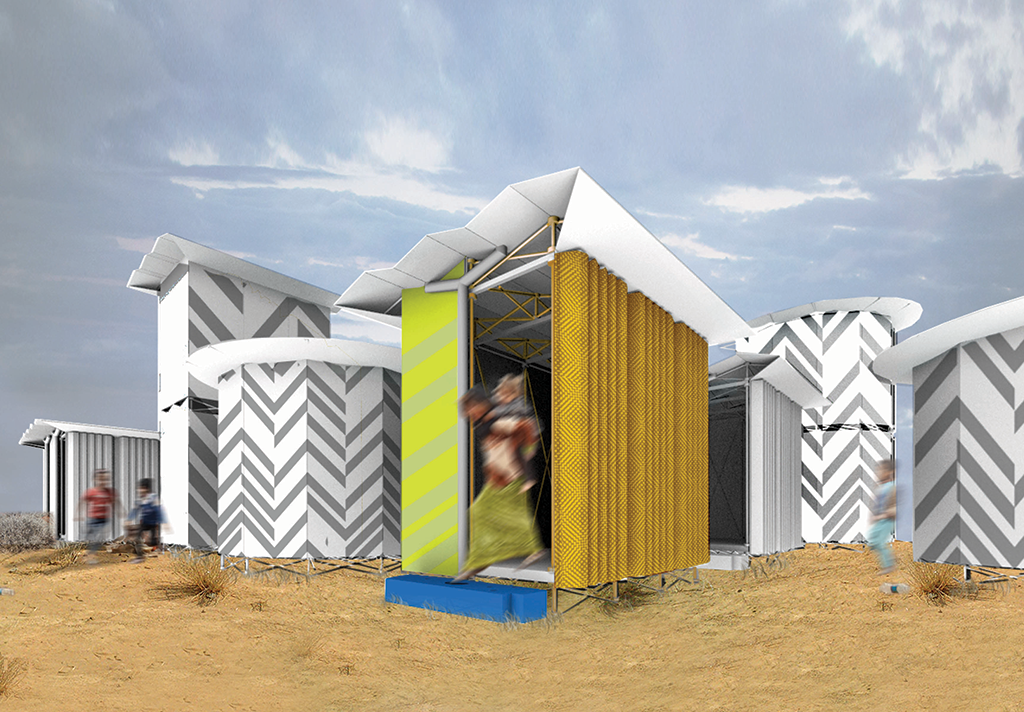
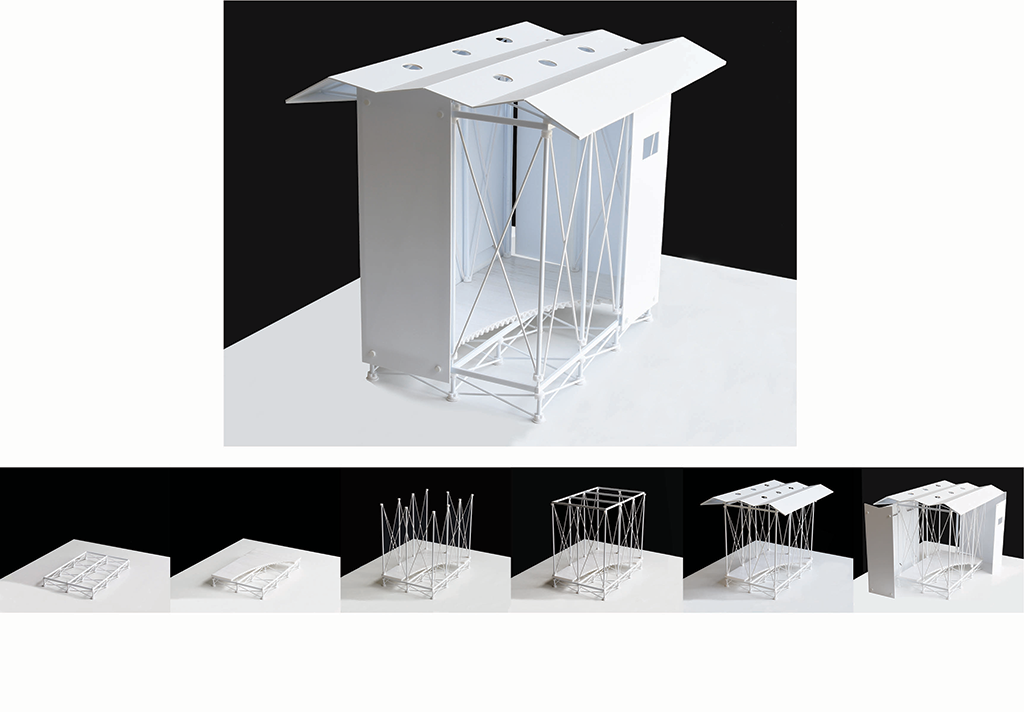
Another project that we have been developing since 2016 is a refugee shelter prototype design with bamboo as the primary structural component called Xb20-RD.
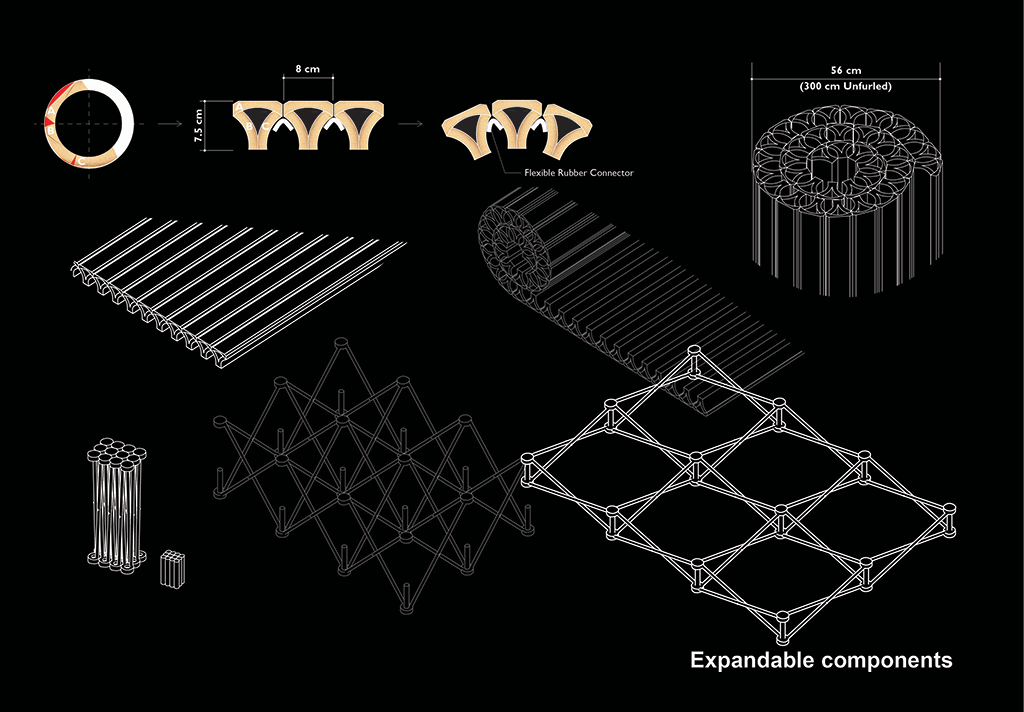
The UNHCR’s Handbook for Emergencies states that disaster relief housing should provide inhabitants with protection from the weather and extreme temperature, security, safety, privacy, and storage. Nevertheless, the majority of refugees are housed in tents that fall short of the UNHCR goals and deteriorate within three years. Xb20-RD units are designed for permanence, as the average stay at refugee camps has now reached 20 years. Xb20-RD units are durable, flexible, modular, and designed for resiliency – a place to call home. P.V. film on the roof panels generates sufficient energy for interior LED lighting and cell phone charging.
The main components of the Xb20-RD units are made with bamboo. Bamboo is very strong, lightweight, fast-growing, durable, and rapidly renewable. Bamboo is high in yield, oxygen production, and carbon sequestration. Most importantly, Xb20-RD units promote social enterprise utilizing bamboo as an economic driver for regions at the bottom of the economic pyramid.
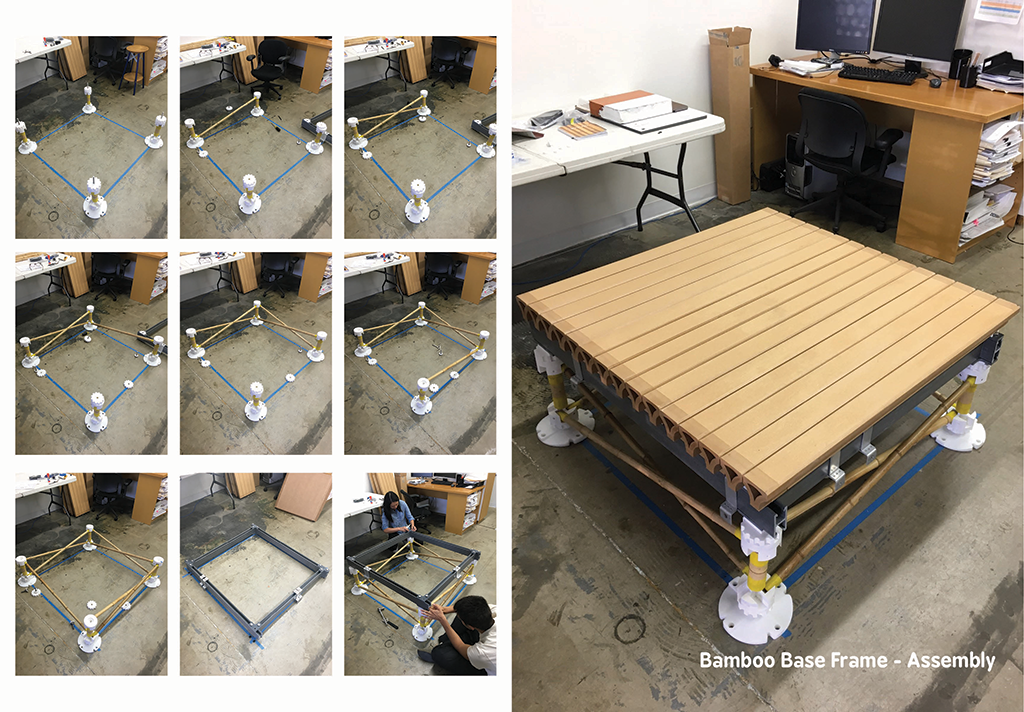
Since relocating our office to Pasadena, just north east of downtown LA we’ve begun working for the local school district on masterplan studies of several campus with net zero energy goal. That’s been very exciting.
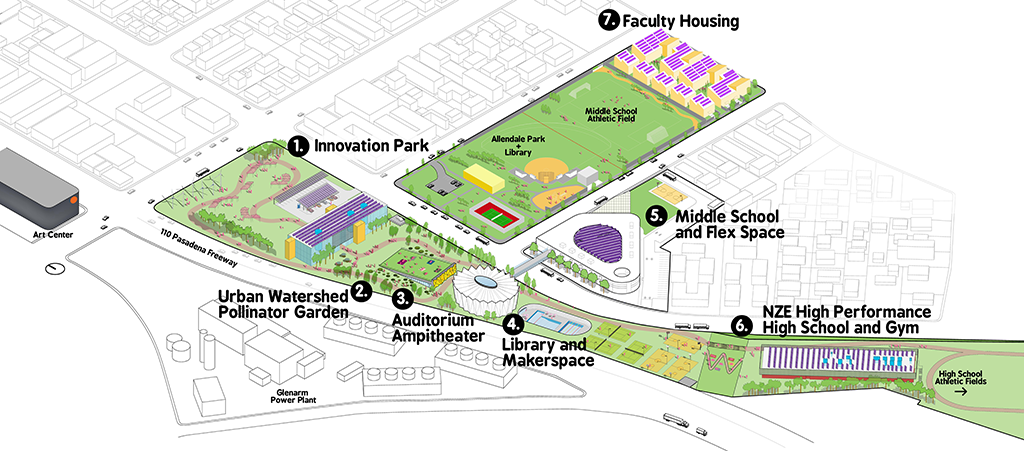
AA. Are you still in touch with the LafargeHolcim Foundation’s network and/or other Award-winners? If so, in what context?
Gloria Lee. Yes, I am, as an Awards Ambassador for North America for the LafargeHolcim Foundation. I am honored to support the LafargeHolcim Awards competition through my professional and personal capacity.
I feel that winning a LafargeHolcim Award is unlike winning any other award where you receive a citation and that’s it. It’s more like a beginning of a relationship and commitment to support a shared mission to improve our built environment, cultural and socio-economic situations, and elevate our design thinking and responses. It has given me opportunities to travel, learn, exchange ideas, and make connections.
During Climate Week NYC 2015, I also moderated one of the labs for the 1st “Next Generation” Awards Lab where 53 “Next Generation” 2014 Awards winners from around the world came together. I also attended the 5th International Forum 2016 – “Infrastructure Space” in Detroit and the 4th Holcim Forum 2013 – “Economy of Sustainable Construction” in Mumbai.
To know more about Swift Lee Office: http://www.swiftleeoffice.com
To find out more about the LafargeHolcim Foundation: https://www.lafargeholcim-foundation.org
Final call! You have until March 21st to submit your project for the 5th edition of the International LafargeHolcim Awards. All information and details are available here.

